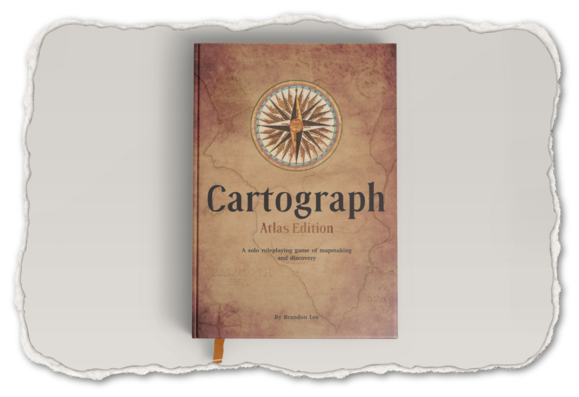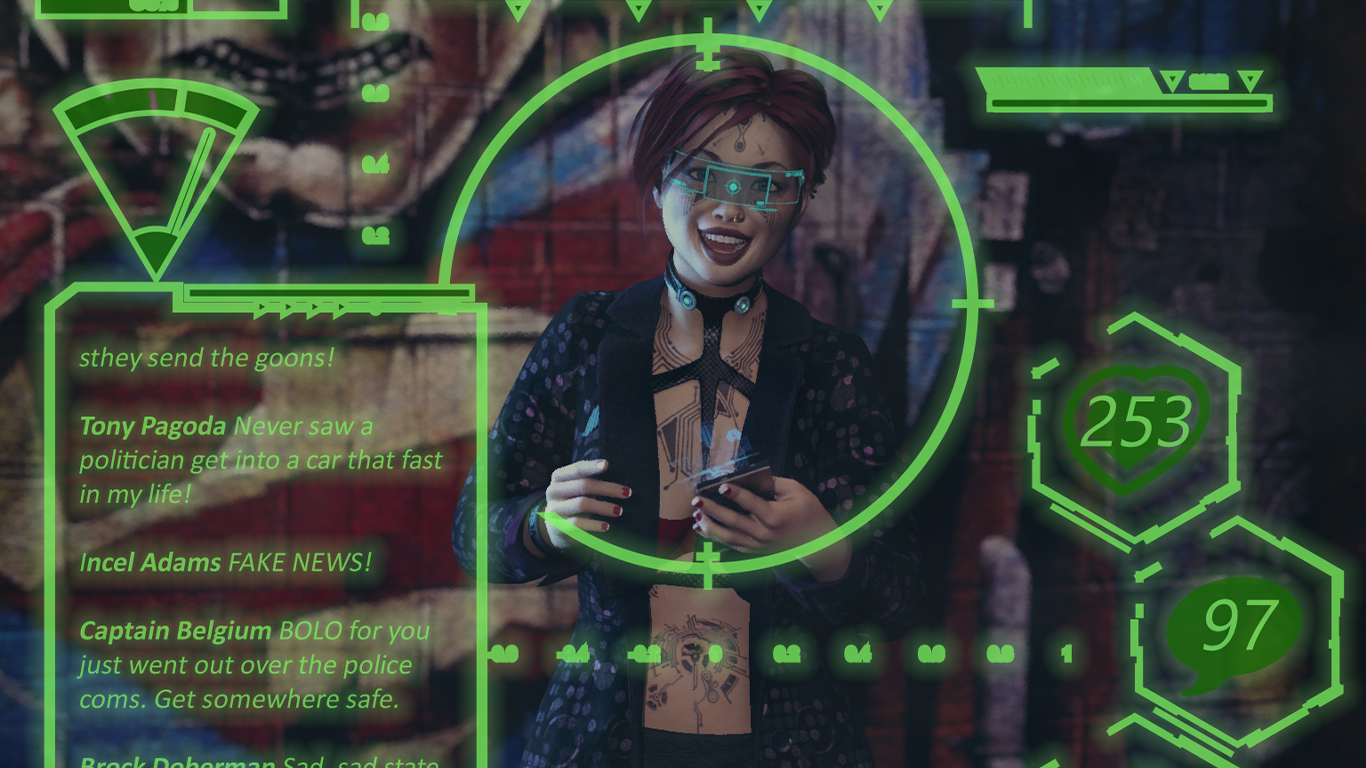We may earn money or products from the companies mentioned in this post.
We kicked off con season a couple of weeks ago and got to try out the latest version of Cinemechanix with real live con people for the first time. At DieCon, Leighton ran a sword and planet style game and Hobomancer using Cinemechanix, while I ran a game set in the City of 10,000 Daggers fantasy setting I’ve been slowly building for my Patreon sponsors. Sadly, my Diner Punks game on Friday afternoon didn’t get any players.
Leighton ran the first game (a group of office workers find themselves in a very John Carter-like situation in a place a lot like Mars) on Friday night. I think I got there about an hour or so into the game (I’d had to go to an urgent care clinic for what I thought was another damned spider bite, because apparently I’m delicious) and sat in as an observer to see how the mechanics were working. Things went fairly well until combat, at which point it became clear that Leighton hadn’t really internalized how it worked, especially Fu. This was understandable, since the current rules are very shoddily written and I haven’t really found the right words to explain Fu just yet. With a little coaching, he managed to work up to using the rules as written, and by the second fight scene we were able to start seeing what was working and what wasn’t. After the game we discussed the rules a bit and I think by the time we were done Leighton had a good grasp of how the game was supposed to work (if not necessarily how it did work).
On Saturday, Leighton ran Hobomancer. I couldn’t observe that one because I was running James Brown’s Celebrity Hot Tub Time Machine (using QAGS) at the time (which I also ran at OMGCon the following week; unsurprisingly, it’s a winner). After the game, Leighton’s report was mostly positive. The group hadn’t done a lot of fighting, but it went much smoother now that he’d had some practice and most of the players seemed to pick up on the basics. Sunday was my City of 10,000 Daggers game, where I instituted a couple of changes to the combat rules, but barely got to use them because the players mostly avoided getting into fights. The ones that did happen ended very quickly (in fact, too quickly), partially because of a problem with the combat rules and partially because one of the pre-gen characters had a demon-banishing ability that turned out to be more powerful than intended (and most of the monsters were demons).
[Editor’s Note: The following notes are about rules from an old version of the Cinemechanix system. It probably won’t make sense–it barely makes sense to me and I wrote it–so you might want to skim/skip it.]
So what did we learn?
The foundation seems solid. The basic character traits and die mechanics worked well, and most of the players grasped the basics much faster than they did the dice-bumping mechanics from the previous version. There were only a few cases where there was room for debate about which traits or bonuses applied to a particular roll, and most of those were an even enough split that “use the highest” worked just fine.
Combat needs some work. We noticed several problems. Fortunately, most of them seem to be more about tweaking than completely reworking. Some of the issues:
- Fu is going to have to be explained very carefully. It’s doing a lot of things, and the rules need to clearly define how it fits into combat.
- Using Fu as a currency that you spend to improve rolls AND a penalty once it drops below zero is confusing and weird. My original idea was just to make it a modifier you always added to combat rolls, but I thought that would make the rolls too high so I went with the weird split system initially. We went back to the “always add Fu” rule in the 10,000 Daggers game and it was a lot easier to keep track of. And since everyone’s adding a Fu bonus early on, they mostly cancelled each other out. Everyone had bigger rolls, but the margins didn’t change much.
- Consequences need to be based on Margin alone. I’d set it up so you could buy up the level of Consequences (wounds, knockouts, killshots, etc) by spending Raises. Since Raises are based on the tens digit of the margin (meaning the roll with Raises already has a margin high enough to get at least some special effect), allowing a buy-up meant that you could kill (or at least knock out) damn near anything if you rolled sufficiently higher than your opponent. Leighton’s Kong-sized ape in the Sword and Planet game basically went down due to one really good attack roll paired with a crappy defense roll.
- Characters didn’t take many wounds. Most PCs ended fights with one or two wounds, if any. The low number of wounds also meant that most “Knockout” results were really knockdowns, since the “get back up” roll’s DN is based on wound count. I think this problem (and possibly the previous one) can be solved by making the consequences of each part of the combat roll more focused. Right now there are some effects that can be achieved with either a high margin or raises. I think those need to be separated so that the margin does one thing (probably wounds/kills) and the raises do something else (special effects and Fu buffs/debuffs). That will also simplify things from a “keeping track of my options during combat” perspective.
- Fu doesn’t make as much sense in ranged combat as it does in melee, particularly when trying to explain why the attacker loses Fu if the defender wins the roll. The solution here probably to either have a special rule for ranged combat (attacker doesn’t lose Fu if he loses) or to make Fu something that usually only affects the Defender (he gains Fu if he wins, loses it if he loses the roll). I’ll have to playtest a few rounds to see which solution works best.
- Even QAGS has a ganging up rule that causes characters to take penalties if they get attacked multiple times in one round. I thought Fu alleviate the need for one (since a character who gets attacked multiple times would lose Fu), but that didn’t actually work. When one combatant (like a giant ape) is more powerful than the PCs, there’s a good chance he’s going to get a big enough win as defender to counter-attack, which means that attacking the Combat Monster is basically the same as giving him a free attack on you. This is not optimal. I think Fu can still be the answer here if it also serves as an “action point” kind of currency, with characters spending Fu to defend (and probably to attack, just to keep everything consistent).
Overall, I was happy with the initial playtests and at this point I feel like (once again) I’m getting close. It’s mostly a matter of smoothing out combat and figuring out how to explain how it works to other humans. At DieCon we also discussed possibilities for getting a “powered by Cinemechanix” game out by Archon this year, and currently I’m starting work on both The Six Gun Seven (Weird West) and the first installment of Guardians of Shymeria (which Leighton and Jeffrey helped me finally figure out how to write; I might talk about that more later, but the basic breakthrough was that it’s actually three games instead of one) to see which one I can turn into a publishable game in the next few months. I’ll keep you posted on how that’s going when I have news.






